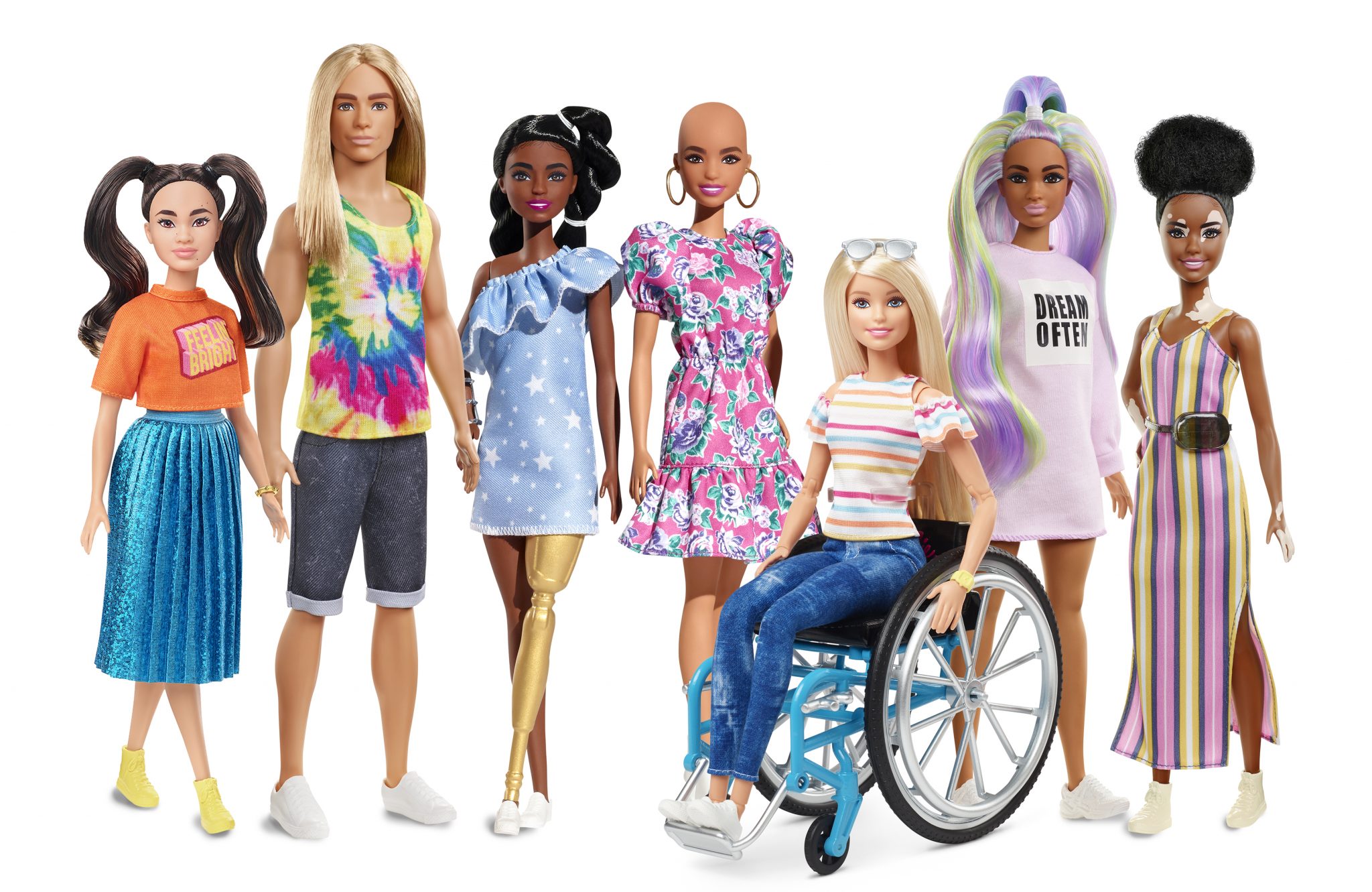In recent years, there has been a noticeable increase in the representation of disabilities in pop culture.
From movies and TV shows to toys and video games, disabilities are becoming more visible and normalised in mainstream media.
One example of this trend is the recent introduction of Barbie dolls with more visible disabilities.
For the first time in its 60-year history, the Barbie line now features dolls with disabilities, including a doll in a wheelchair and another with a prosthetic leg. This move responded to consumer demand and reflected of the brand’s commitment to diversity and disability inclusion.
Mattel, the toymaker behind Barbie, worked with experts from UCLA Mattel Children’s Hospital and a 12-year-old girl with a prosthetic arm to design these dolls in a way that accurately represents individuals with permanent physical disabilities. These dolls will be part of the Fashionistas line, which already features dolls with four different body types, seven skin tones, 22 eye colours, and 24 hairstyles.
This example is just one of many instances where disabilities are being represented in pop culture.
In the past, an inspirational stereotype is played out when the story revolves around an able-bodied person doing a good deed for a person with a disability. But that narrative is being scratched out, and characters with disabilities have become the main characters in the story.
Movies and TV shows such as “The Theory of Everything,” “Breaking Bad,” and “Speechless” all feature a disabled character as the central protagonist, and not just as a plot device. In the movie “Wonder,” the main character, Auggie, has a facial deformity, and the story revolves around his struggles with acceptance and inclusion.
This increase in disability representation has been well-received by the global population, and especially by audiences and individuals with disabilities themselves. It allows for greater visibility and recognition of the disabled community and helps to break down disability stereotypes and misconceptions.
However, there are still challenges to overcome in disability representation. Often, representation is limited to certain types of disabilities, and disabled characters are often portrayed in stereotypical ways. Disability is also often used as a plot device rather than being integral to the story.
Despite these challenges, the trend toward greater disability representation in pop culture is an important step toward greater inclusion and diversity.
It helps to promote greater awareness and understanding of disabilities and helps to break down barriers and stigmas.
Other examples of disability representation in pop culture include:
- The TV show “The Good Doctor,” which features a brilliant and sweet character with autism as the protagonist.
- The video game “The Last of Us Part II,” features a playable character who is missing an arm.
- The book “El Deafo” by Cece Bell, tells the story of a young girl with hearing loss.
The rise of disability representation in pop culture is a positive trend towards greater inclusivity and diversity. By representing disabilities in a more accurate and positive light, pop culture can help to break down barriers and promote greater understanding and acceptance of people with disabilities.
What other areas of pop culture do you think could benefit from better disability representation, and how can we encourage more inclusivity in the entertainment industry?
We hope that in the future, disability inclusion isn’t just in mainstream media, but we hope to see the rise of countless examples of disability representation in news stories as well. After all, people living with disabilities would want to see the authentic realities of their everyday life depicted in what they watch on their screens.




